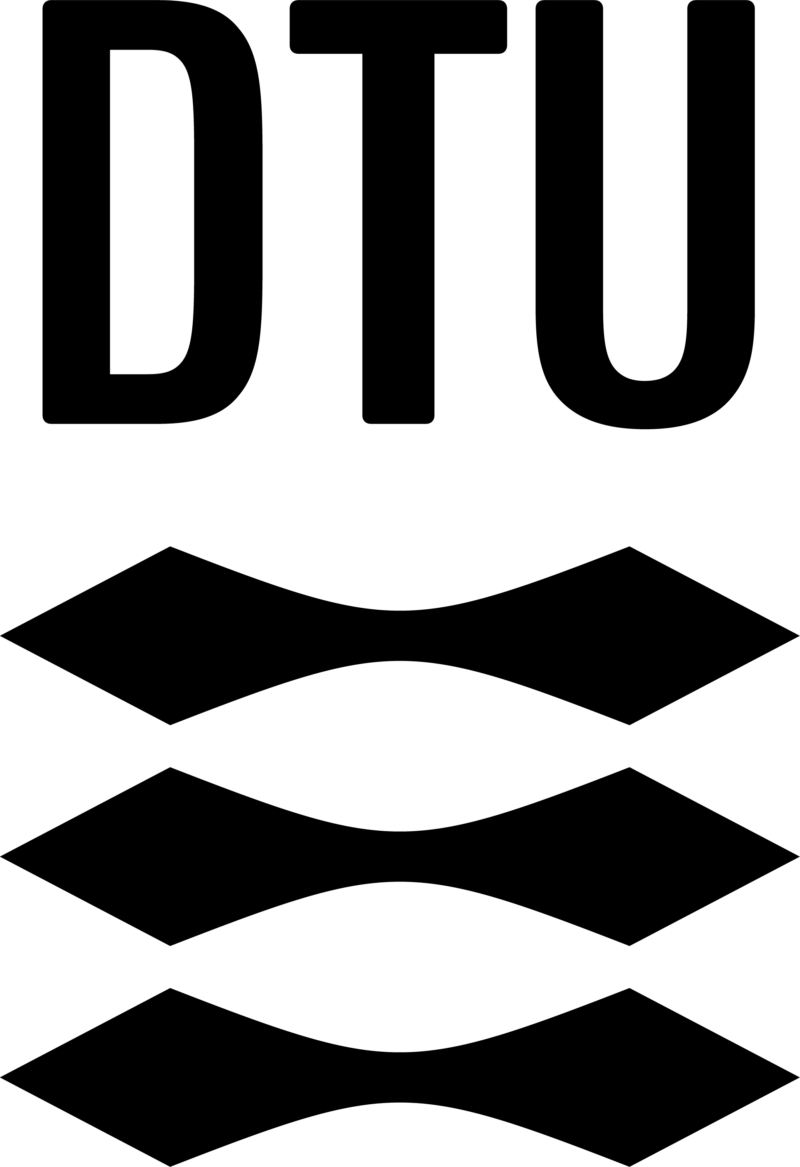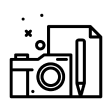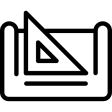Sequence model Add/remove
Purpose:
The purpose of the sequence model is to get an understanding of the overall problem by mapping out each step of the situation you want to change with your final design. The goal is twofold as you will get an understanding of each step in a situation as well as identifying where breakdowns occur.
Tips to include participants who are not able to:

See

Focus

Speak

Hear

Think

Hold

Move

Touch
Overview
Input
Research based on the user/situation you want to design for
Output
Breakdowns
Complexity
Moderate
Time
N/A
Participants
You and our design team or groups of 2-3
Activity
Break down a situation to single steps
Be observant
Be reflective
Step by step:
Divide participants in groups of 2-3.
Based on either desktop research, interview with users or other research, fill out what the intent with the situation is on the template.
Write what triggers the situation. The trigger causes a sequence of actions.
The sequence of actions should be written down step by step on the template. The first action is written at the top followed by an arrow pointing downwards to the next action.
Step 3 is repeated until all steps are noted down.
If your research shows you that a breakdown/problem occurs, place the symbol of a lightning across the arrow between the steps where you have identified a breakdown/problem.
When doing this method you should consider:
If you decide to use this method during your workshop rather than performing the method together with your design team prior to the workshop, it is important that your participants have enough background information about the given situation. Else it can be difficult to identify the breakdowns.
If possible, combine this method with the method ‘fly on the wall’ as you follow the user in the given situation and can therefore observe the breakdowns instead of mapping out breakdowns based on assumptions from your research.
Materials needed:
- Template
- Pens




